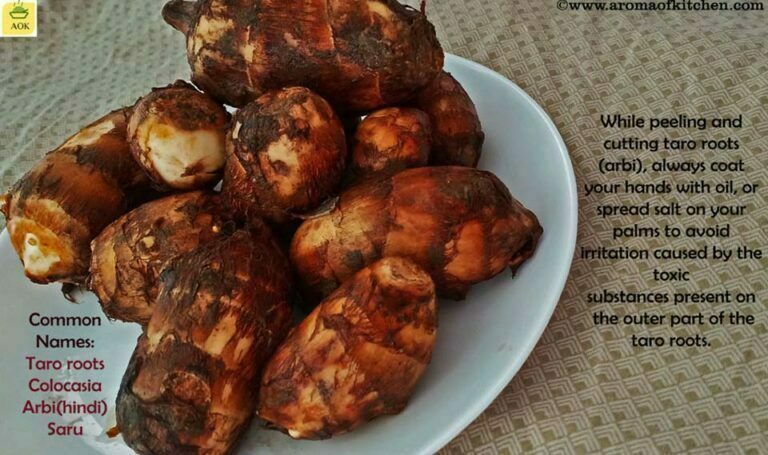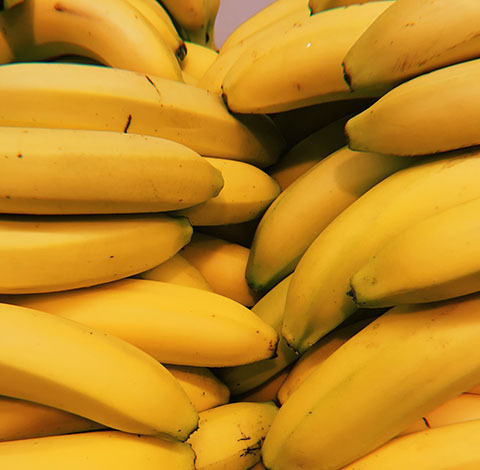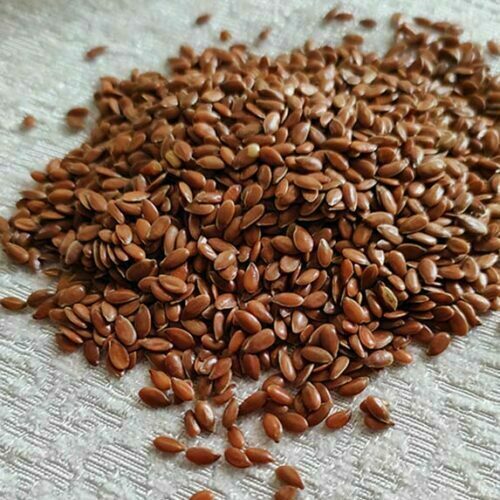Colocasia (Arbi)
Colocasia: Taro roots: Arbi: starchy root vegetable that has some sweet as well as nutty flavor. There are several names to which it can be called like colocasia, arbi(in Hindi), taro roots, cocoyam, dasheen, etc.
Table of Contents
Toggle
It can be steamed, boiled, fried, stir-fried, and baked.
Interesting facts about Colocasia:
- one of the world’s oldest cultivated plants especially in Asia.
- Colocasia leaves are also known as Elephant Ears.
- It can be used to make sweet dishes as well.
- It contains more than twice the carbohydrate content of potatoes.
- Taro leaves are high in protein.
- It has having yam like structure from outside and coconut-like texture from inside that’s why called as COCOYAM.
Things to remember about cooking, using and storing Taro roots:
- It is toxic if are not cooked well.
- Do not try to eat raw otherwise, it may cause several problems like irritation in stomach and chest, gastric problems, etc.
- You can store them for about 2 days without a refrigerator also.
- While purchasing, pick small, spot-free colocasia and which does not have joint of another colocasia. It cooks and tastes well.
- As mentioned above, it can be used to make sweet but it is best if you prepare vegetable only.
- You can place the slices in cold water to avoid discoloration like potatoes.
- Like roots, elephant ears(taro leaves) also needs to be cooked well. Half cooked or raw leaves can cause throat and chest irritation.

Recipes with Colocasia:
- Taro fritters
- Taro pancakes
- Taro curry
- Dry taros
- Taro fries or chips
- It can be used in soups and stews as a thickening agent.
- Curd taro (Dahi arbi) and a lot more.
Discussing the nutritional terms: Taro is rich in potassium, contains magnesium, phosphorus, and iron. These are low in sodium but a good source of fiber. Also, its leaves are rich in calcium, Vitamin C, and protein.
Hope you find this blog helpful. Your suggestions are always welcome. Share your food pictures with us on Instagram using @aromaofk or #aromaofk.

Ideas to Engage in Kitchen

Best way to store vegetables

Thyroid

Banana
